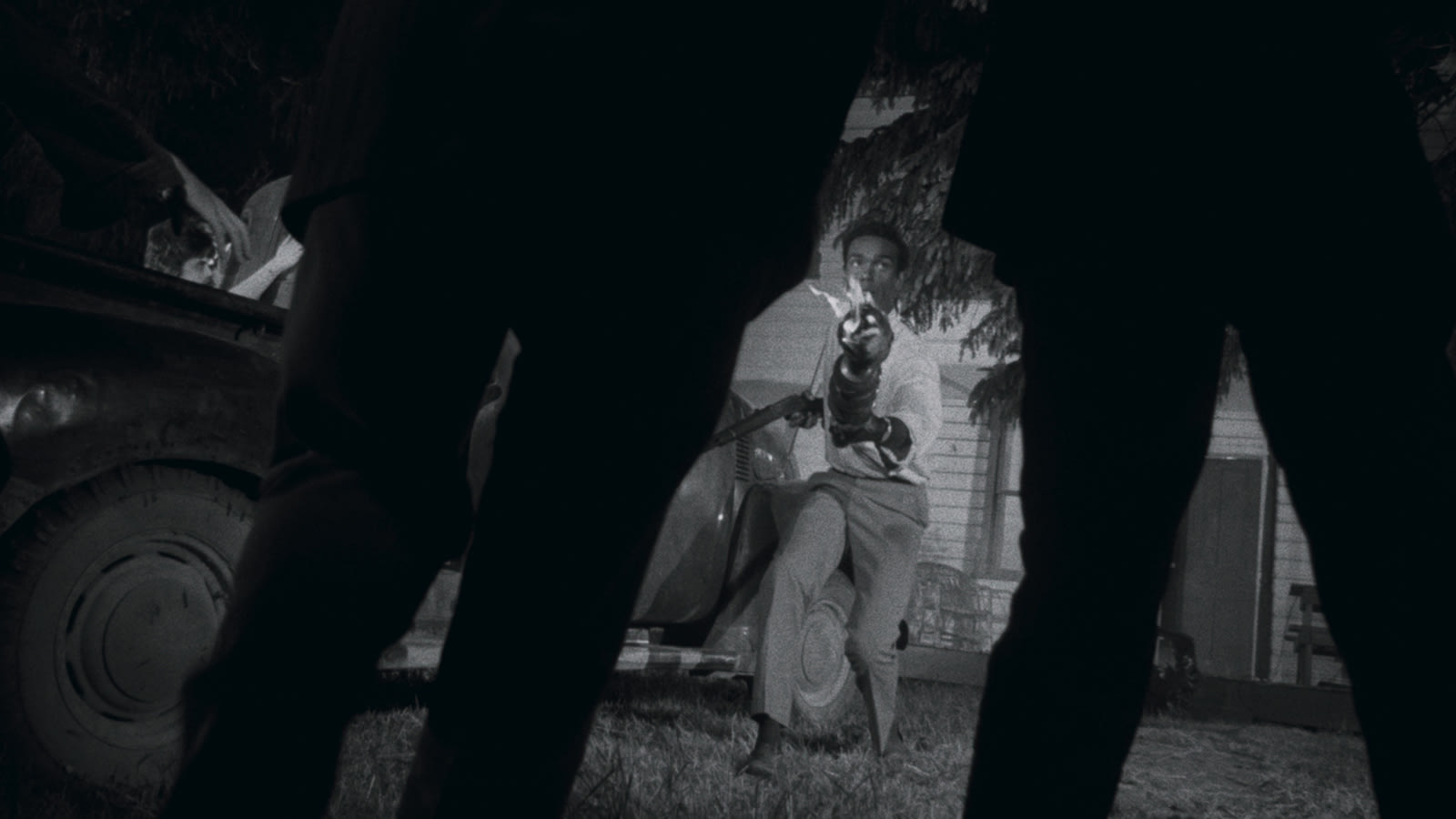دبي، الإمارات العربية المتحدة (CNN) -- قبل 50 عاماً، وبمساعدة ميزانيةٍ متواضعة، سرد المخرج جورج إيه روميرو قصة اجتياح مخلوقات "الزومبي"، للولايات المتحدة خلال فيلم "ليلة الأموات الأحياء" الذي ظهر لأول مرة في عام 1968. ولكن تحت طبقات الرعب الدموي، هل يوجد للفيلم رسالة مخفية موجهة للمجتمع؟
ويرى غالبية الأشخاص أن فيلم "ليلة الأموات الأحياء" كان بمثابة منصة للتعبير عن مخاوف الشعب الأمريكي، حتى إن لم يكن الأمر مقصوداً.
وفي مقابلة هاتفية، تحدث صديق المخرج الراحل روميرو الذي كان مسؤولاً عن المؤثرات الخاصة، غريغ نيكوتيرو، لـCNN، عن ما وصفه بـ"خيارات لا شعورية" أدت لاحقاً إلى وجود الرمزية في الفيلم، وذلك رغم عدم تحلي روميرو بأي دوافع سياسية.
وقال مدير السينما والدراسات الإعلامية في جامعة إنديانا، غريغوري وولر، إن الفيلم يتمحور حول مجموعة من الناجين الذين حاصروا أنفسهم داخل مزرعة للاحتماء من الموتى الأحياء "يمثل ما هي أمريكا".

وفي داخل المنزل، يسود خلافٌ يمزق عائلة، ويقوم الأفارقة في الفيلم بالوقوف ضد الأشخاص من البشرة البيضاء، والعكس صحيح.
وبالإضافة إلى ذلك، تتغلب إحدى شخصيات الفيلم، التي يؤدي دورها الممثل الأمريكي الأفريقي دواين جونز، على كائنات "الزومبي" فقط ليلقى حتفه عن طريق رصاصةٍ من أشخاص من البشرة البيضاء.

ومن مظهر كائنات "الزومبي" الشبيهة بالبشر، وطريقة سيرها المتثاقلة إلى طريقة التخلص منها الذي يتجسد في تدمير أدمغتها، قال نيكوتيرو إن روميرو "لم يحدد القواعد، بل إنه اخترع القواعد".
وحظيت رمزية الفيلم بالكثير من الاهتمام آنذاك، ولا يزال الأمر كذلك بعد مرور 50 عاماً.

كما قال وولر إن الفراغ الذي تتصف فيه كائنات "الزومبي" هو ما جعل أفلام "الزومبي" مرنة جداً.
وتشهد على ذلك العديد من أفلام "الزومبي" التي ظهرت على مدى الـ50 عاماً الماضية، حيث استُخدمت مخلوقات الـ"زومبي" مراراً وتكراراً على يد المخرجين بهدف التعبير المجازي.
وفي فيلم "فجر الموتى" في عام 1978، الذي يستكشف مفهوم الطبقية والاستهلاكية، يطرح روميرو سؤالاً، مفاده: هل تعكس هذه الوجوه الفارغة والشرهة شيئاً فظيعاً عن أنفسنا؟ حيث شكل الفقراء الأفراد الذين عانوا بشكلٍ أكبر في الفيلم.

وفي عام 1985، أدار روميرو نظره إلى السياسيات في عهد الرئيس الأمريكي الأسبق، رونالد ريغان، حيث قام بإضافة علماء مجانين وأفراد من الجيش في حبكة فيلم "يوم الموتى". وسلط الفيلم الضوء على خطورة البشر، وعدم عقلانيتهم.

ويرى وولر إن ازدحام ساحة الأفلام بكائنات "الزومبي" يؤدي إلى التقليل من قوة النقد الاجتماعي الذي يتضمنه بسبب وجود العديد من النسخ لهذه القصة.
ويبدو أن الولع بـ"الزومبي" لن ينته عما قريب، حيث يمتد المسلسل التلفزيوني الناجح "The Walking Dead"، من إخراج نيكوتيرو لـ 12 موسماً حتى الآن.
